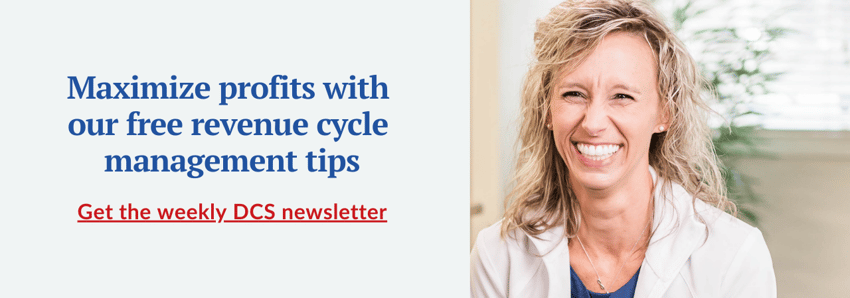Understanding CDT Code D4381 and documentation for dental insurance claims


As a dental biller, it helps to know about the supporting documentation that is necessary to have the smoothest path to payment for the practice. Learning more about this code, including documentation and attachments needed, will help you collect payment as fast as possible.
As codes go, the clinical terminology used to describe D4381 may be more challenging to understand without a clinical dental background. But even if you’re not the treating dentist, you will want to update your knowledge of this code in your role at the dental practice.
In this article, you will learn about code D4381 and how to document it for successful insurance claim reimbursement consideration. Properly documenting CDT codes not only gets your practice paid faster but also keeps your dental practice compliant with record-keeping to ensure you collect legitimate payment.
Clearing up confusion about CDT code D4381: It’s reported per tooth, not per site
Let's take a look at D4381, as this code nomenclature was revised a few years ago. The recent revisions make clear this procedure code is per tooth, not per site. Also, this code is for localized delivery, not a full-mouth procedure, and should be documented and reported as such according to the code nomenclature. The code nomenclature and descriptor is as follows:
D4381 localized delivery of antimicrobial agents via a controlled release vehicle into diseased crevicular tissue, per tooth
FDA-approved subgingival delivery devices containing antimicrobial medication(s) are inserted into periodontal pockets to suppress the pathogenic microbiota. These devices slowly release the pharmacological agents so they can remain at the intended site of action in a therapeutic concentration for a sufficient length of time.

Documentation required for CDT D4381 reimbursement
Clinical documentation should include, at a minimum, the tooth number treated, the site(s) that the antimicrobial agent was placed, and why (the diagnosis; the disease/condition being treated) it was placed.
The documentation should include any supporting documentation to support the medical necessity of the procedure such as but not limited to periodontal charting and probing and radiographs.
Can the medicament for D4381 be covered under the patient’s pharmacy benefit?
In some cases such as when placing ARESTIN®, the manufacturer of the medication has a pharmacy program. The provider enrolls with the manufacturer and the manufacturer can bill the patient’s pharmacy plan for the actual medicament and have the medicament sent to the dental practice.
This reduces the practice’s immediate expense because the practice does not have to purchase the medication. It also resolves a medication storage challenge of medication expiring that some practices may experience.
The fee for placement of the medicament of D4381 includes the medicament. If the patient’s pharmacy benefit plan is billed directly for the medication by the pharmaceutical manufacturer, D4381 is the appropriate code, though you might consider having a reduced fee when the fee is for placement only as the patient has already paid for the medication.
Reach out to your manufacturer representative for information regarding this type of pharmacy program.
Make sure you keep up-to-date on all things CDT coding
Be consistent, treat everyone the same in similar situations to the best of your ability. Follow CDT coding guidelines, maintain a current copy of CDT for reference and train your team on proper documentation and billing protocols.
To dive deeper into coding and all of its complexities, join our educational platform, Dental Claims Academy, and learn from experts so that your practice brings in more money while staying compliant.
Related Posts
Dental revenue resources from Dental Cashflow Solutions (formerly Dental Claim Support)

